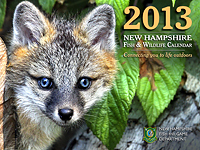 Psst. Looking for a last-minute gift idea? Well, your state fish and wildlife (or game or natural resources) department has just the thing.
Psst. Looking for a last-minute gift idea? Well, your state fish and wildlife (or game or natural resources) department has just the thing.
Never mind that the gift of wildlife doesn’t fit under a tree. Lots of state departments have sent out press releases with their own suggestions.
Oregon Fish and Wildlife suggests a hunting or fishing license. There is some fine print, however: “If you are giving a license as a gift, make sure you have the hunter’s or angler’s full name and date of birth (day, month, year). If the person has previously had a license, make sure you have their ODFW hunter/angler ID number, which is found at the top of their license. If you are purchasing a license for someone who has never had a license, you will have to provide his or her social security number in compliance with Federal and State laws.”
Uhhh. Better make that a gift certificate for a license. That’s what the Indiana Department of Natural Resources suggests. Just keep in mind that it can’t be returned. Idaho Fish and Game wants you to give a chance at a Super Hunt tag. Win and you can participate in any hunting season in Idaho. Lose, and… oh, never mind.
Who has calendars?
New Hampshire Fish and Game
The Missouri Department of Conservation
What about a magazine subscription?
The North Carolina Wildlife Resources Commission
Alabama Department of Conservation and Natural Resources
Arizona Game and Fish Department
(There are many wonderful state wildlife magazines out there. These are just the ones we received press releases from suggesting holiday giving. Same goes for calendars.)
Missouri and Minnesota are promoting their gift shops. With the Missouri Department of Conservation, you can shop on-line. (Navigate to different product types using the dark blue bar near the top.) The Minnesota Department of Natural Resources has a gift shop in a state park. You need to go there in person, but there’s a big holiday sale.
The US Fish and Wildlife Service has a free National Wildlife Refuge app, that it is suggesting for loading on that iPad that you’re giving.
The Michigan Department of Natural Resources is playing it the other way, and suggests that you donate to its Michigan Nongame Fish and Wildlife Fund. North Carolina suggests the same, with a donation to its Wildlife Diversity Endowment Fund.
What’s the most unique gift item available from your state wildlife department? Leave a comment and let us know.
Photo: New Hampshire Fish and Game’s 2013 wildlife calendar.
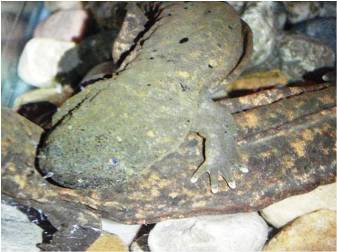 Hellbenders are the America’s largest aquatic salamander and can reach over two feet in length. In New York, they are only found in the Allegheny and Susquehanna River river drainages. According to the New York State Department of Environmental Conservation, eastern hellbenders were listed as a species of special concern in the state in 1984.
Hellbenders are the America’s largest aquatic salamander and can reach over two feet in length. In New York, they are only found in the Allegheny and Susquehanna River river drainages. According to the New York State Department of Environmental Conservation, eastern hellbenders were listed as a species of special concern in the state in 1984.
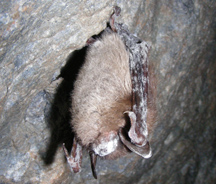 A study published recently in
A study published recently in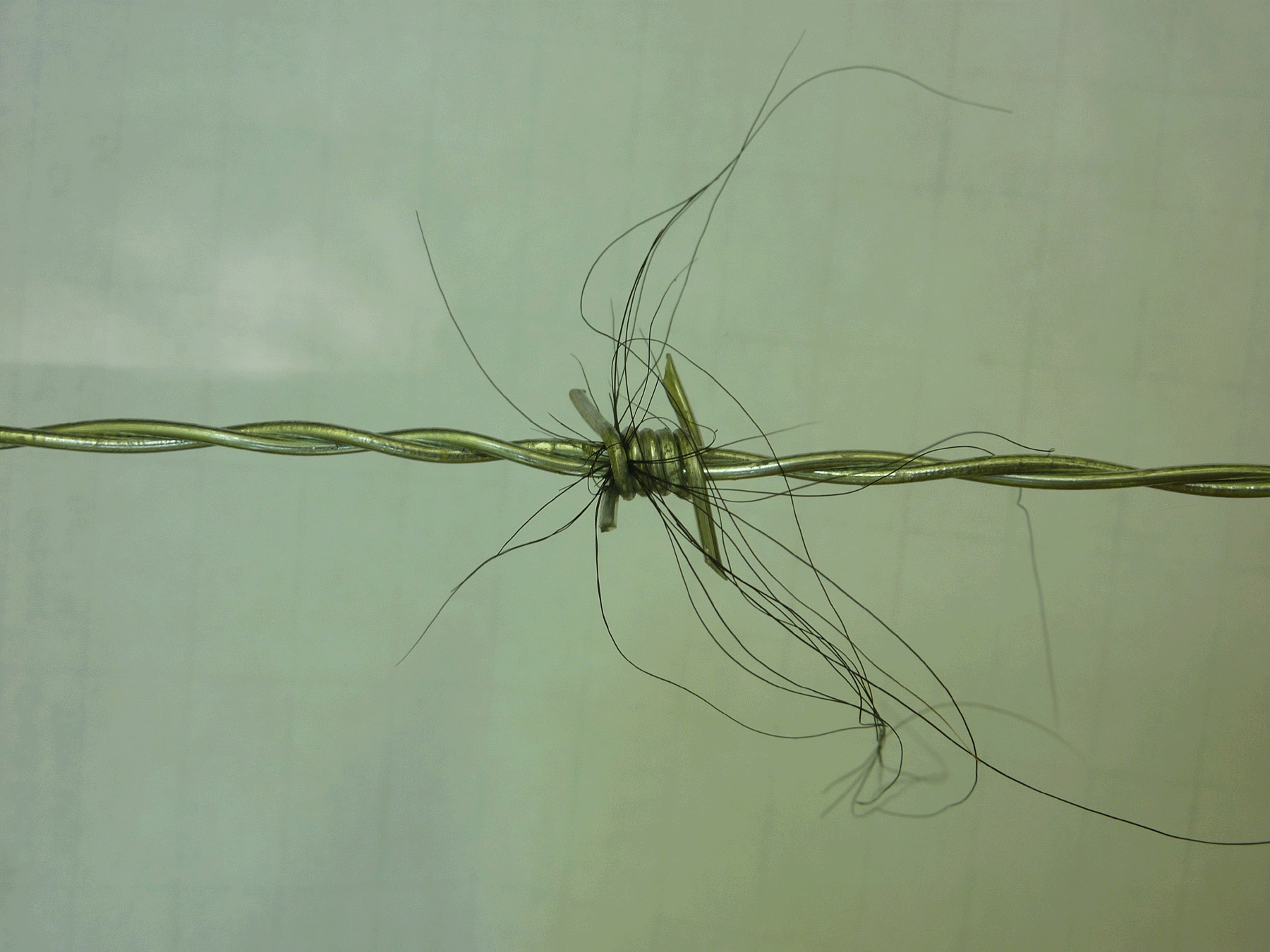 Black bears are back in northeastern Alabama and southern New Jersey, recent reports say.
Black bears are back in northeastern Alabama and southern New Jersey, recent reports say.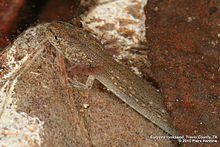 Nathan F. Bendik of the City of Austin’s Watershed Protection Department and Andrew Gluesenkamp, the state herpetologist with Texas Parks and Wildlife Department, were not surprised when the tails of an endangered salamander, Eurycea tonkawae, were thinner when measured during a drought.
Nathan F. Bendik of the City of Austin’s Watershed Protection Department and Andrew Gluesenkamp, the state herpetologist with Texas Parks and Wildlife Department, were not surprised when the tails of an endangered salamander, Eurycea tonkawae, were thinner when measured during a drought. Psst. Looking for a last-minute gift idea? Well, your state fish and wildlife (or game or natural resources) department has just the thing.
Psst. Looking for a last-minute gift idea? Well, your state fish and wildlife (or game or natural resources) department has just the thing.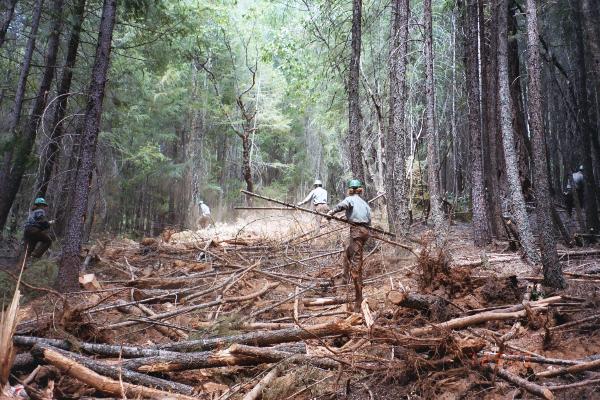 A study out of British Columbia, published in the
A study out of British Columbia, published in the 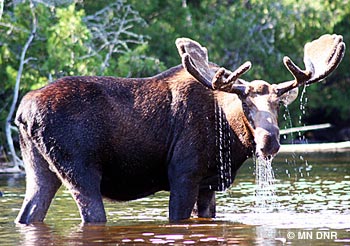 The the Minnesota Department of Natural Resources’ list of endangered, threatened and special concern species is due to get its first update since 1996,
The the Minnesota Department of Natural Resources’ list of endangered, threatened and special concern species is due to get its first update since 1996, 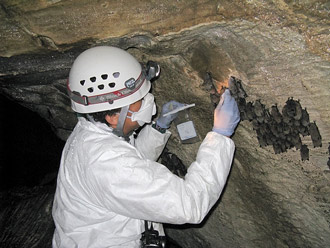 Wisconsin researchers have confirmed that Geomyces destructans, the fungus that causes white nose syndrome (WNS) in bats, persists in caves long after all the bats in the cave have died off.
Wisconsin researchers have confirmed that Geomyces destructans, the fungus that causes white nose syndrome (WNS) in bats, persists in caves long after all the bats in the cave have died off.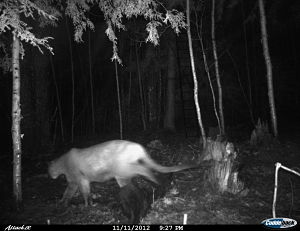 Not sure how we missed this in our recent wild cat news round-up, but a
Not sure how we missed this in our recent wild cat news round-up, but a